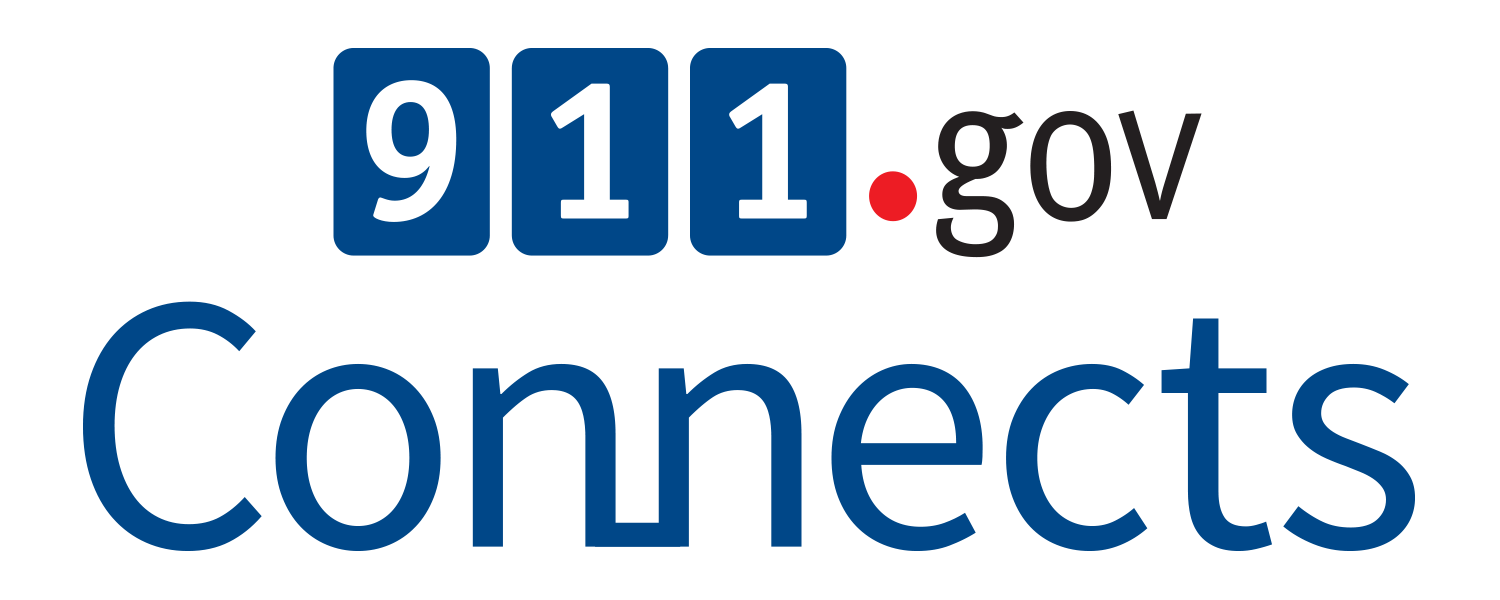Tennessee Puts CPR LifeLinks to Work

In a matter of months, the state had trained thousands of telecommunicators to tell callers how to administer CPR to help those experiencing cardiac arrest.
In the summer of 2020, Tennessee passed a law requiring that all the state’s 2,000-plus 911 telecommunicators be trained in how to administer cardiopulmonary resuscitation (CPR) by phone. The task of training so many staff was a daunting one, but there was also a tight turnaround: The law would take effect on January 1, 2021.
“We knew that with COVID-19, we couldn’t teach it in person,” says Jamison Peevyhouse, who then served as statewide training coordinator for the Tennessee Emergency Communications Board.
T-CPR (telecommunicator cardiopulmonary resuscitation) is the dispatcher-assisted delivery of CPR by callers or bystanders, designed to help someone experiencing out-of-hospital cardiac arrest (OHCA) or other events. According to the American Heart Association, just 46% of the 250,000 Americans who experience OHCA every year get immediate help from bystanders or 911 callers before EMS arrives.
This startling statistic was the driving factor behind the creation of CPR LifeLinks, a national initiative to support 911 and EMS in saving more lives through effective T-CPR.
Tennessee chose CPR LifeLinks to train up the state’s PSAP/ECC staff quickly. “I worked with paramedic Jennifer White and we went through all the content and presented it in a hybrid format,” explains Peevyhouse, also a past president of the National Emergency Number Association (NENA).
“The three-hour virtual course was taken directly from the content that the National 911 Program released.” He and White taught the online course and also brought in a few telecommunicators at a time to teach them CPR in person, as safe social distancing allowed. Within just the first two months, more than 1,000 telecommunicators had completed the course.
Staff loved the training. “The feedback we got was fantastic. They loved the ease of delivery and the way it was interactive and structured toward adult learners,” Peevyhouse says. “We get a lot of calls and emails about telecommunicators that have put the training to use. One small area in Tennessee has used it three times just since the first of the year.”
As every telecommunicator knows, one of the most difficult parts of the job is feeling helpless when a caller is in desperate need of assistance and you can’t provide it. “Of all the call types we have to handle, cardiac arrest is the one we can make the most impact,” notes Peevyhouse, adding that local news outlets covered the training as well. “We have the names of people who celebrated Christmases and birthdays and went on vacation because of T-CPR.”



